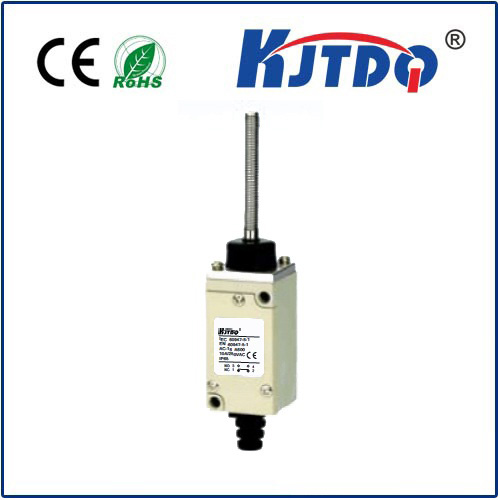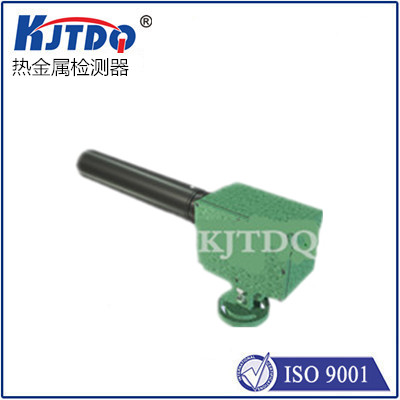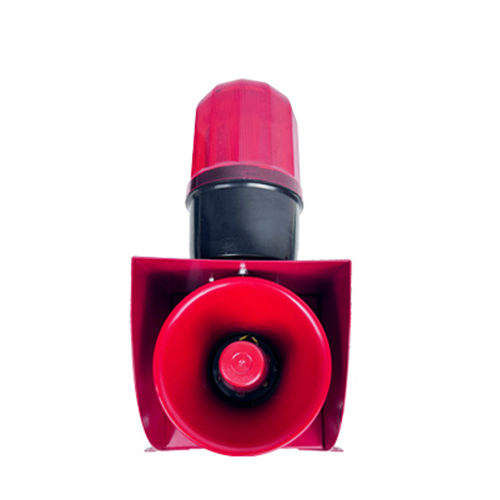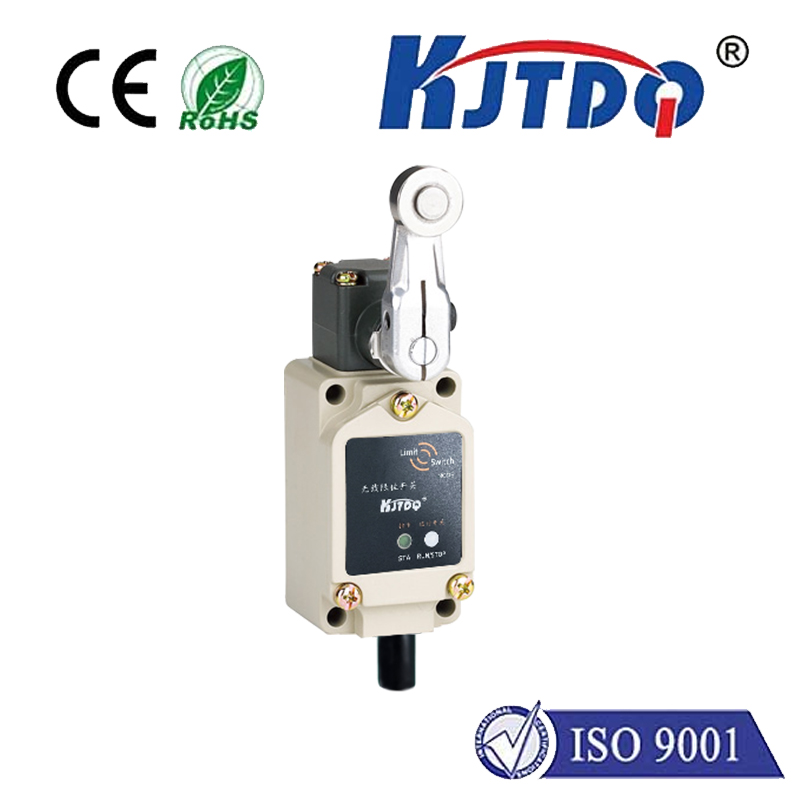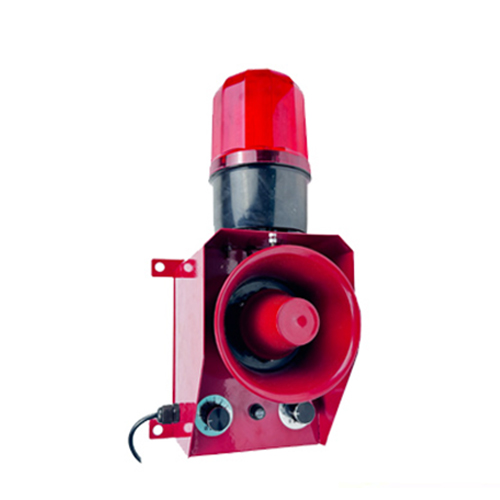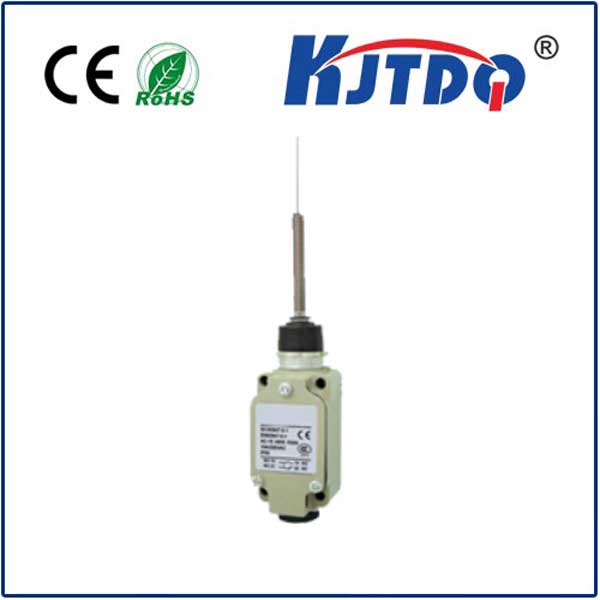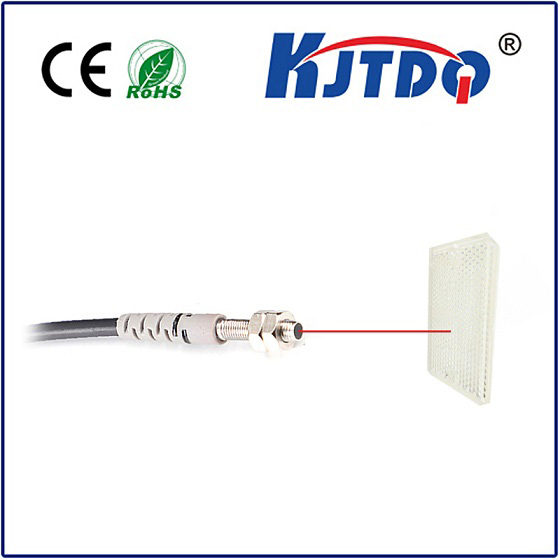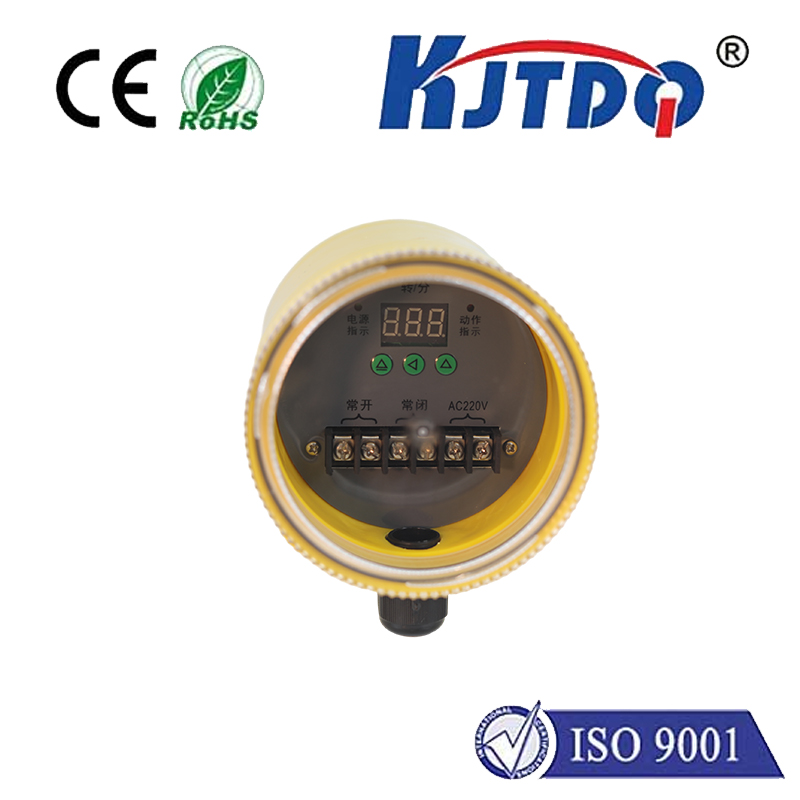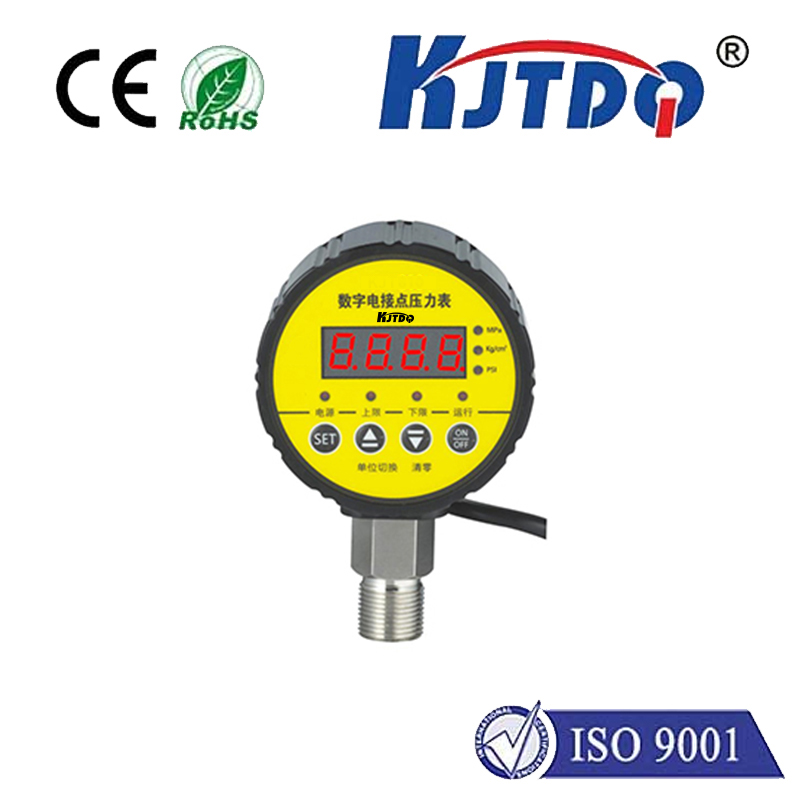stronger limit switch
- time:2025-08-08 00:20:14
- Нажмите:0
Stronger Limit Switches: Fortifying Reliability in Demanding Industrial Automation
Imagine the silent orchestration within a massive steel mill conveyor system, the precise positioning of robotic arms on an automotive assembly line, or the controlled descent of a heavy crane. At the heart of these critical movements, often unnoticed yet indispensable, are limit switches. They are the vigilant sentinels, signaling when an object reaches its designated endpoint, triggering a vital stop or direction change. But what happens when the environment itself is the adversary? Extreme temperatures, relentless vibration, punishing impacts, corrosive chemicals, and pervasive dust demand more than just a standard switch. Enter the Stronger Limit Switch: engineered not merely to function, but to endure and thrive where ordinary components fail. This article explores the critical role of these robust workhorses and the engineering behind their superior resilience.
The primary weakness of standard limit switches in harsh settings isn’t their electrical function, but their mechanical endurance and environmental sealing. Repeated forceful impacts can shatter casings, bend actuators, or misalign internal mechanisms. Constant vibration loosens connections and fatigues components. Dust and moisture infiltration lead to premature corrosion or internal short circuits. Extreme heat degrades materials, while frigid conditions can make plastics brittle. These failures aren’t just inconvenient; they cause costly unplanned downtime, compromised safety, and potential damage to expensive machinery.
The evolution of stronger limit switches directly addresses these vulnerabilities through deliberate design and material choices. Here’s what defines them:
- Superior Enclosure Materials: Moving beyond standard plastics, robust switches utilize heavy-duty materials like:
- Stainless Steel (e.g., 316L): Offers exceptional corrosion resistance against chemicals, salt spray, and moisture, ideal for food processing, marine, and chemical plants. Incredibly strong against impact.
- Robust Plastics (e.g., Reinforced Polycarbonate/Nylon): Engineered for high impact strength and resistance to oils, fuels, and certain chemicals while being lighter than metal.
- Zinc Alloy Die Cast: Provides excellent mechanical strength and durability at a lower weight than solid steel, suitable for many heavy industrial applications.
- Enhanced Actuator Design: The actuator, the part that physically contacts the target, is a critical point of failure.
- Heavy-Duty Roller Levers: Feature larger, stronger rollers mounted on reinforced levers with tough bearings, capable of absorbing significant impact forces. Over-travel protection is often built-in to prevent damage if the moving part exceeds the intended stop point.
- Solid Rod Plungers: Made from hardened steel or stainless steel to resist bending and deformation. They often incorporate robust spring mechanisms.
- Reinforced Whiskers: Wire form actuators are thickened and heat-treated for greater resilience against bending and kinking.
Advanced Sealing (IP Ratings): Ingress Protection (IP) ratings are paramount. Stronger switches boast high ratings like IP67 (dust-tight and protected against immersion in water up to 1m for 30 mins) or even IP69K (protected against close-range high-pressure, high-temperature water jets), crucial for washdown environments, foundries, or mining operations. Multi-lip seals, special gasket materials, and potted electronics prevent dust, moisture, and chemical ingress.

Internal Mechanism Robustness: The heart of the switch – the contacts and switching mechanism – are upgraded:
- Higher Amperage Contacts: Handle larger inductive loads common in motors and solenoids without welding or premature wear.
- Reinforced Springs & Mountings: Withstand constant vibration and shock without compromising switching accuracy or reliability.
- Extended Electrical Life: Designed for millions of cycles under demanding loads.
- Temperature Resilience: Wider operating temperature ranges (e.g., -40°C to +85°C or beyond) are achieved using specialty lubricants and components designed to function reliably in extreme cold or heat.
Where Stronger Limit Switches Become Essential
The investment in stronger limit switches pays dividends in numerous demanding sectors:
- Material Handling & Heavy Machinery: Cranes, gantries, stackers/reclaimers, forklifts – subjected to constant shock, vibration, and outdoor elements.
- Mining & Quarrying: Crushers, conveyors, excavators operating in highly abrasive, dusty, wet, and high-impact environments.
- Steel Mills & Foundries: Equipment exposed to extreme heat, molten metal splash (requiring special guarding), heavy impact, and scale.
- Agricultural & Forestry Equipment: Combines, harvesters, and forestry machines face mud, dust, vibration, moisture, and physical impacts.
- Food & Beverage Processing: Requiring robust stainless steel construction and high IP ratings for washdown hygiene and corrosive cleaning agents.
- Chemical & Pharmaceutical Processing: Demanding corrosion resistance against aggressive chemicals and stringent hygiene/IP standards.
- Construction & Earthmoving: Excavators, bulldozers, compactors endure severe shock, vibration, dust, dirt, and weather.
Choosing the Right Stronger Switch
Selecting isn’t about just picking the toughest-looking option. Consider:
- The Specific Environment: Is impact, vibration, chemicals, temperature, moisture, or dust the primary threat? Pinpointing the main adversaries guides material and sealing choices.
- Required Actuation Force & Repeatability: Ensure the actuator type and strength match the force exerted by the target machine part and the required positional accuracy.
- Electrical Load: Verify the switch’s contact rating (voltage, current – AC/DC, resistive/inductive) meets or exceeds the circuit requirements.
- Mounting & Configuration: Physical space constraints, actuator orientation (top, side, front), and required cable entry/conduit options.
- Required Safety Level: Does the application demand safety-rated limit switches with positive-opening contacts and specific certifications (e.g., SIL, PL)?
The Future of Strength: Smarter and Tougher
The drive for stronger limit switches continues alongside trends like Industry 4.0. We see:
- Integration of Diagnostics: Embedded sensors providing feedback on actuator cycles, impacts, or environmental conditions for predictive maintenance.
- Enhanced Connectivity: IO-Link compatible switches offering detailed status data beyond simple On/Off signals.
- Material Science Innovations: Continued development of even tougher, lighter alloys and plastics with superior resistance to specific environmental threats.
- Modular Designs: Allowing easier replacement of actuators or other wear components without replacing the entire switch body and wiring.
The Bottom Line
In the relentless world of industrial automation, downtime is the enemy, and safety is paramount. Standard limit switches simply cannot withstand the brutal realities of many applications. Stronger limit switches, purpose-built with rugged materials, superior sealing, heavy-duty actuators, and resilient internals, are not a luxury but a critical investment. They deliver uncompromised reliability, significantly reducing costly downtime, enhancing operational safety, and protecting valuable machinery from damage. When your application pushes the limits of durability, specifying a genuinely stronger limit switch is the fundamental choice for ensuring continuous, dependable, and safe operation. Their robust design ensures they stand as the unwavering guardians of motion control in the most challenging environments.







